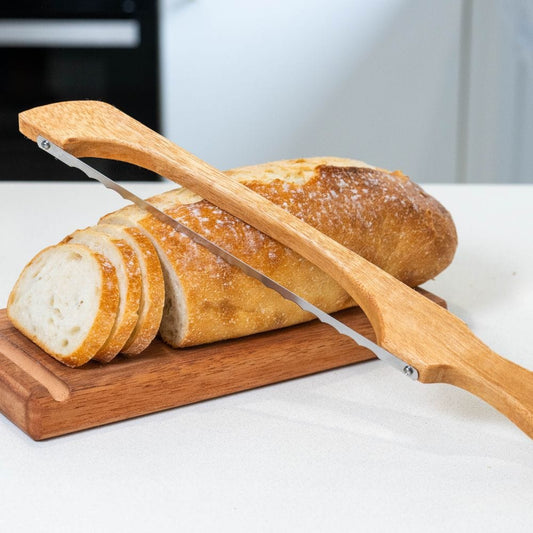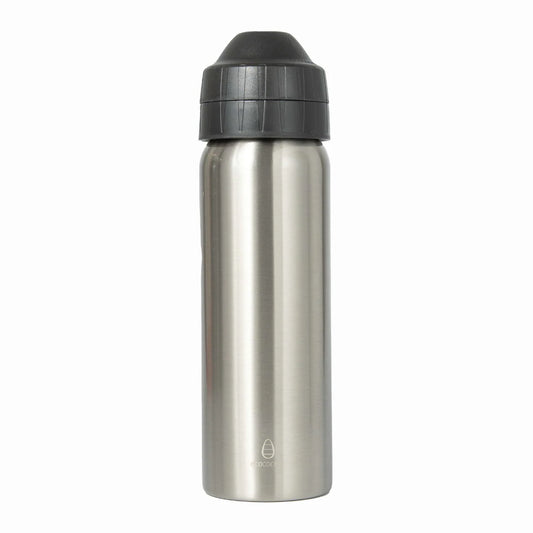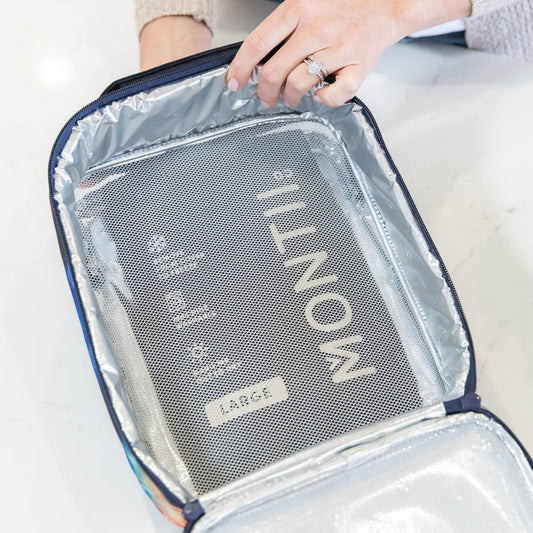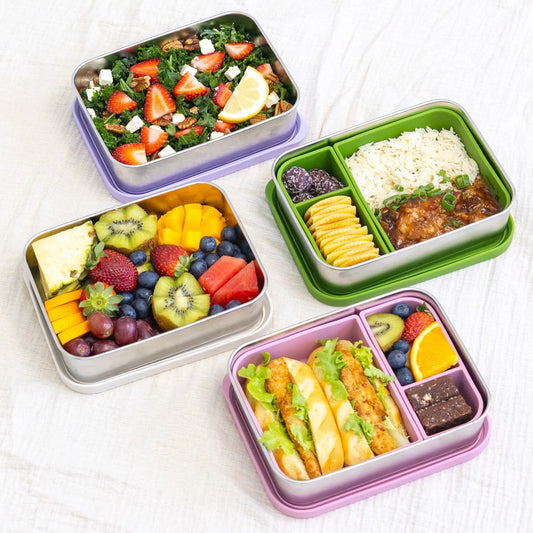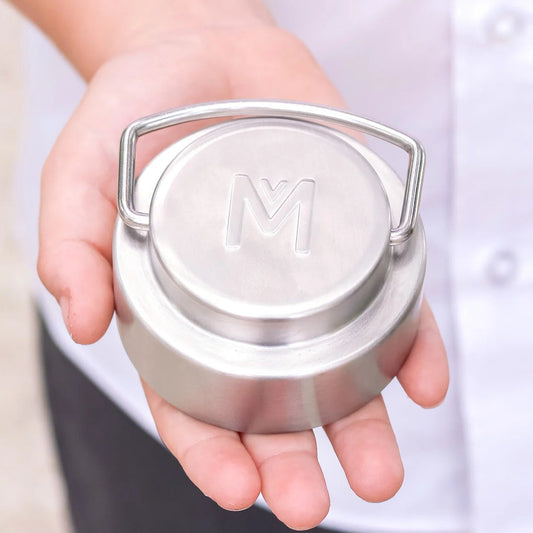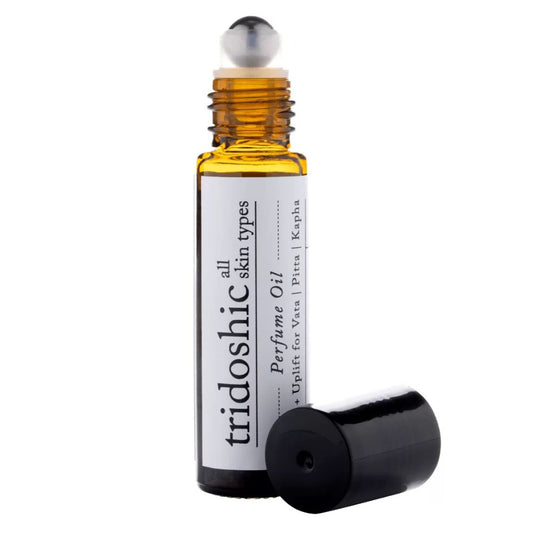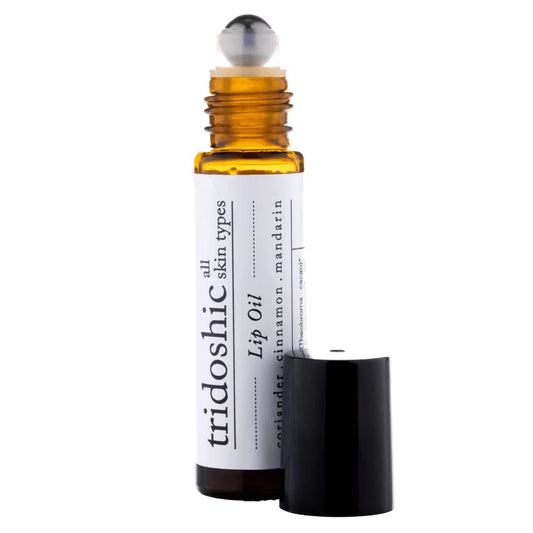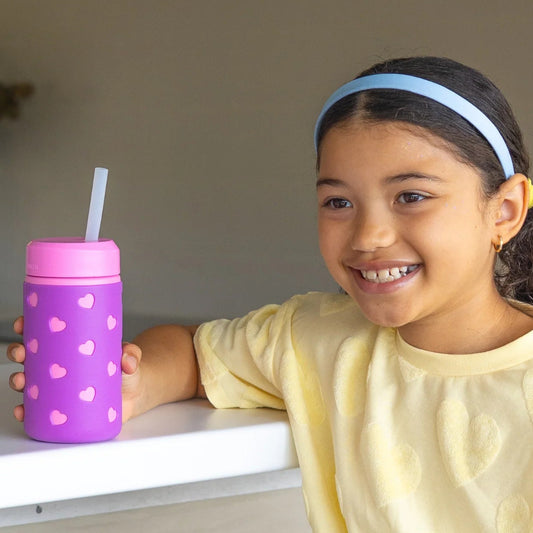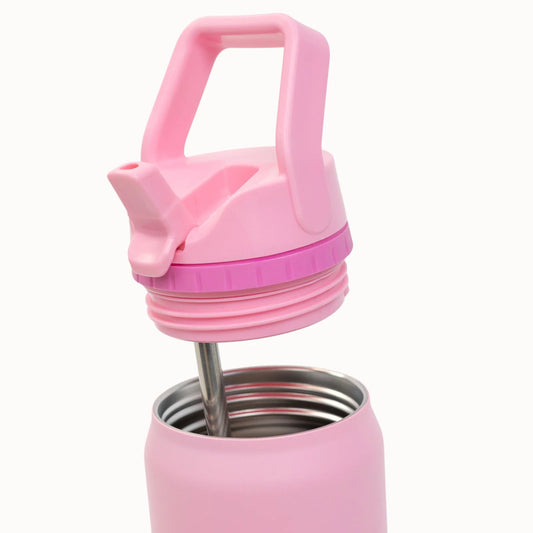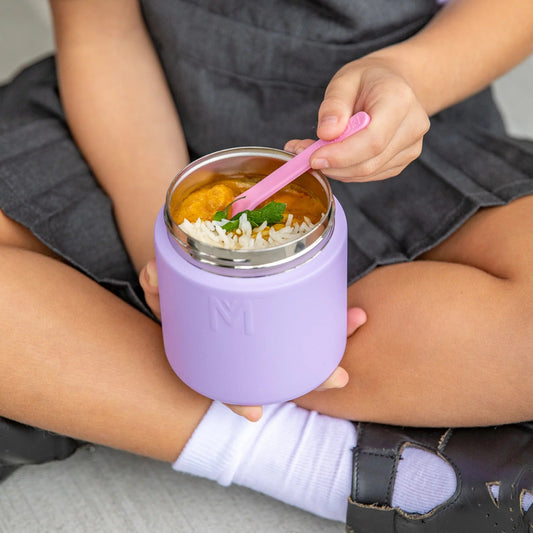
If you love baking bread at home, you may want to know what kind of flour is best for your loaves. Flour is of course the main ingredient in bread, and it affects the texture, flavour, and nutrition of your bread. However, not all flours are created equal, and some breads are more sustainable than others.
In this blog post, we will explain the difference between all-purpose (also known as plain flour), bread flour, and cake flour; and what flour is best to use for different kinds of bread.
We are particularly excited to share with you links to some of the local organic and bio-dynamic growers and stone ground flour millers in Australia!
The different kinds of flour
All purpose flour
As the name suggests, all purpose flour is versatile type of flour that can be used for a variety of baked goods, from cookies to muffins to pizza dough.
Protein content: Moderate. Usually around 10-12%, which means it can form enough gluten to give structure to your bread, but not too much to make it tough or chewy.
Made from: All purpose flour is usually made from a blend of hard and soft wheat varieties.
Bread flour
Protein content: High. Specially designed for bread making. It has a protein content of around 12-14%, which means it can form more gluten and create a stronger and more elastic dough. Bread flour is ideal for yeast breads that need to rise well and have a chewy and airy crumb.
Made from: Bread flour is usually made from hard wheat varieties, such as durum or red wheat.
Cake flour
Protein content: Low. Cake flour is suitable for delicate and tender cakes. It has a protein content of around 7-9%, which means it forms less gluten and creates a softer and finer crumb.
Made from: Cake flour is usually made from soft wheat varieties, such as white wheat or pastry wheat.
What grains are used for bread flour?
The different grains used for flour are mainly wheat, rye, barley, oats, corn, rice, millet, quinoa, buckwheat, spelt, kamut, einkorn, emmer, and sorghum. Each grain has its own unique flavour, texture, and nutritional profile. Some grains are gluten-free, such as corn, rice, millet, quinoa, buckwheat, and sorghum. Some grains are ancient or heritage varieties that have not been genetically modified or hybridized over time, such as spelt, kamut, einkorn, and emmer. These grains are often more nutritious and flavourful than modern wheat varieties.
What is the best flour for making bread?
The best bread making flour depends on the type of bread you want to make, and how you prefer to work with the dough. Here are some tips to help you choose the right flour for your bread-baking adventures.
Classic white bread with a soft and fluffy crumb
Use all-purpose flour or bread flour. Both have a moderate amount of protein, which gives the dough enough strength and elasticity. Bread flour has a slightly higher protein content than all-purpose flour, which makes it more suitable for breads that require a lot of kneading and rising, such as baguettes or pizza dough.
Whole wheat bread with a nutty and hearty flavour
Use whole wheat flour or white whole wheat flour. Both have a higher protein content than all-purpose flour, and also contain more fibre, vitamins and minerals. Whole wheat flour has the bran and germ of the wheat kernel intact, which gives it a darker colour and a coarser texture. White whole wheat flour is made from a different variety of wheat that has a lighter colour and a milder flavor, but still retains the nutritional benefits of whole wheat flour.
Sourdough bread with a complex and sour flavour
For sourdough, you can use any type of flour, but some work better than others. Sourdough bread is made with a starter, which is a mixture of flour and water that has been fermented by natural yeast and bacteria. The starter adds flavuor and leavening to the dough, but also affects its hydration and acidity. Some flours, such as whole wheat or rye, have more nutrients and enzymes that feed the starter and make it more active, but also make the dough more acidic and harder to shape. Some flours, such as all-purpose or bread, have less nutrients and enzymes that feed the starter and make it less active, but also make the dough less acidic and easier to shape. You can experiment with different ratios of flours to find the balance that works best for you and your starter.
Rye bread with a tangy and earthy flavour
Rye flour has a lower protein content than wheat flour, and also contains less gluten, which is the protein that gives dough its elasticity and structure. This means that rye dough is more sticky and dense, and does not rise as much as wheat dough. To make rye bread lighter and easier to handle, you can mix rye flour with some wheat flour, such as all-purpose flour or bread flour.
Gluten-free bread with a moist and tender crumb
Use a gluten-free flour blend or make your own by combining different flours, such as rice, oat, almond, buckwheat, sorghum, quinoa or millet. Gluten-free flours do not have the same properties as wheat flours, so they need some extra ingredients to help them bind together and rise. You can add some xanthan gum or psyllium husk to mimic the effect of gluten, and some eggs or oil to add moisture and richness.
How to choose the most healthy and sustainable bread flours in Australia?
Flour can be sustainable in several ways:
- Organic flour that is grown without synthetic pesticides or fertilisers
- Local flour that is produced near where you live and reduces the carbon footprint of transportation.
- Whole grain flour that retains the bran and germ of the grain and provides more fiber, vitamins, minerals, antioxidants, and phytochemicals than refined flour.
- Diverse flours that are made from different grains and support biodiversity and crop rotation.
So what is the best bread flour for Australia? As you can see, this depends on the type of bread you want to make. You can mix different flours to create your own blends and discover new flavours and textures.
Australia actually has a good number of flour milling brands that produce high quality flours from organic and sustainable grains. We've shared the links below so that you can order direct with them, or find a stockist near you.

Queensland
The Salisbury Mill - Brisbane's first community-scale flour mill that produces milled-to-order, stoneground flours using sustainably grown grains from local family farms. As The Salisbury Mill says on its website:
Over 80% of mills in Australia are owned by just a handful of multinational corporations, grinding out tonnes of flour from grains sourced who-knows-where, sitting in silos for who-knows-how-long, grown by we-don’t-remember-who.
Working in smaller batches, we develop high quality wholegrain flours with all the nutrients kept in, sourcing directly from regenerative family farms.
No more faceless flour. From field to focaccia, we’re keeping things wholegrain, wholesome and transparent.
Kialla - From its inception in 1988, Kialla Pure Foods was one of the founding members of today’s organic movement. Mills certified GMO-free, 20 different grains from certified organic growers. A mix of modern and traditional milling techniques is used to produce a range of organic flours, kibbles and meals.
New South Wales
Wholegrain Milling (formerly Demeter Farm Mill) - operating for over 40 years in Gunnedah, NSW, and offers a range of artisan and speciality flours made with traditional stone milling techniques.
Provenance Flour - returns the supply of flour to the time-honoured way from “people to people.” Linking directly with each farmer, we provide recognition of their efforts and create a relationship between consumers and local farming communities. Nothing extra added to our flour –single origin, non-GMO and chemical free.
Whispering Pines Organics - certified organic growers of cereal crops with an Austrian Stone Ground flour mill and a rolled oat mill.
South Australia
Four Leaf Milling - which is a family-owned business in Tarlee, SA, that produces organic and biodynamic flours from local grains using a mix of modern and traditional milling techniques.
Victoria
Woodstock Flour - which is a next-generation farming family in Victoria that mills organic wholegrain flours from their own wheat, rye and spelt crops using a stone mill.
Burrum Biodynamics - improves soil health by applying bio-dynamic preparations to activate the soil microbiology, create fertility with multi species cover crops, use minimum tillage techniques and grow grains without using chemicals nor water soluble fertilisers.
Powlett Hill - the natural granite stone used at Powlett Hill produces a very high quality flour. The wholegrain flour is milled to retain the bran, endosperm and the germ, a complete wholefood. Wheat, rye, spelt and emmer wheat flours, suitable for breads, cakes, biscuits and fresh pasta.
Tasmania
Kindred Organics - the first organic quinoa grower in Australia, who also grow hemp, spelt, buckwheat and oats. Products are grown, stored, processed and packed on the family farm in Kindred, Tasmania.
WA
Eden Valley Biodynamic Farm - which is a certified biodynamic farm in Dumbleyung, WA, that produces 100% wholemeal stoneground flour from heritage Australian wheat varieties grown in their own soil.
Don't miss this awesome Australian made bread saw that slices through sourdough bread with easy and without squashing the bread, available in left and right handed. Click the image to learn more.

MORE READING
How to make your bread more sustainable?
Find all our food and pantry staples here

